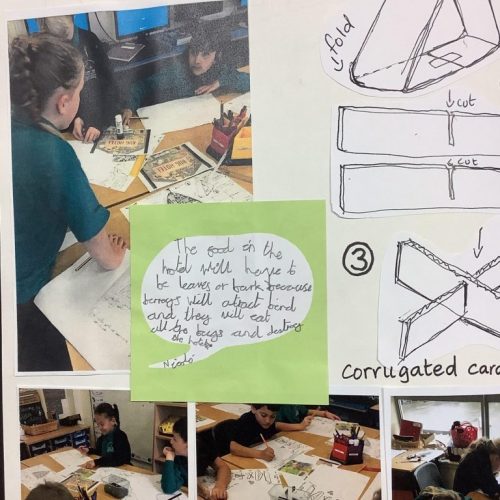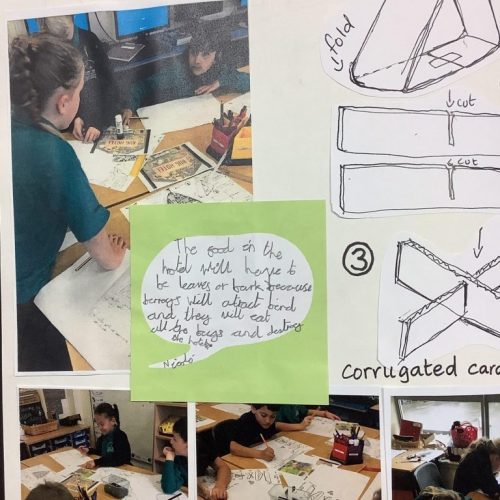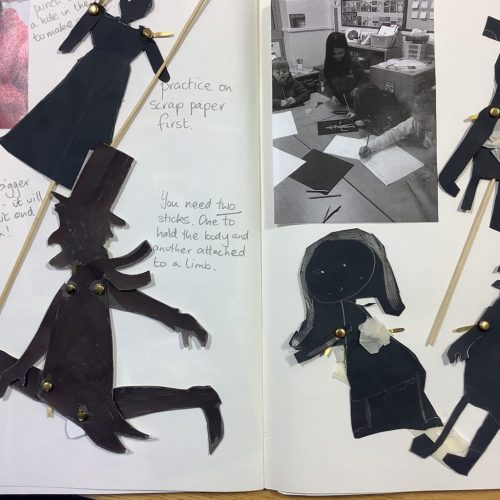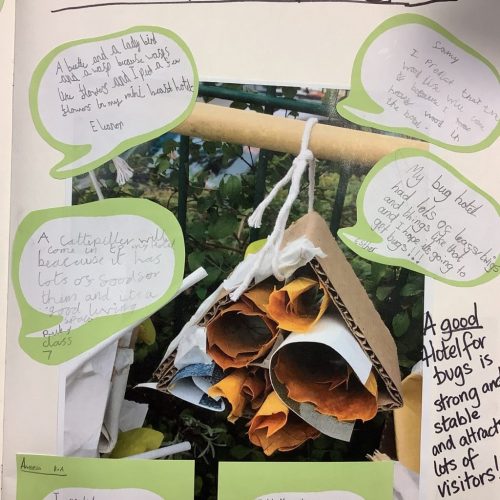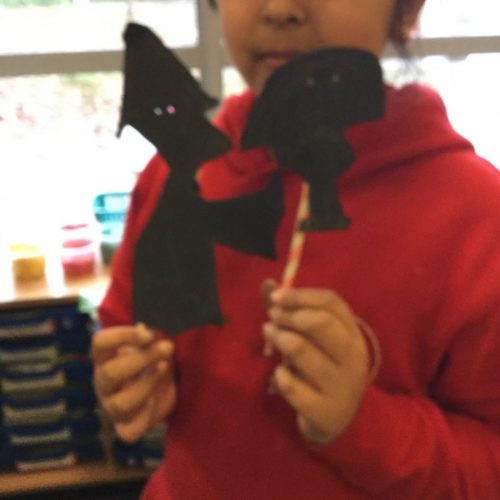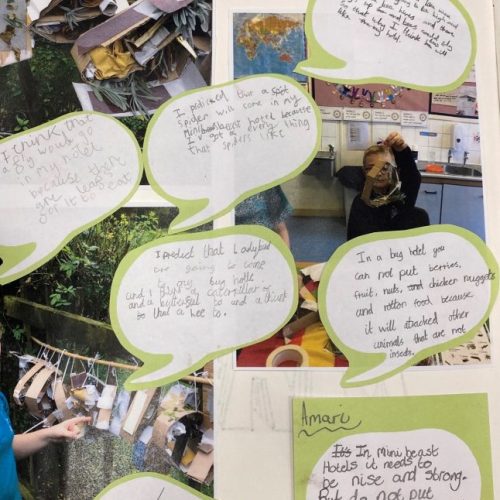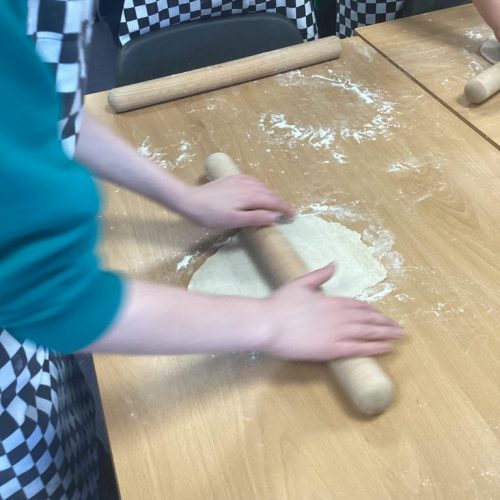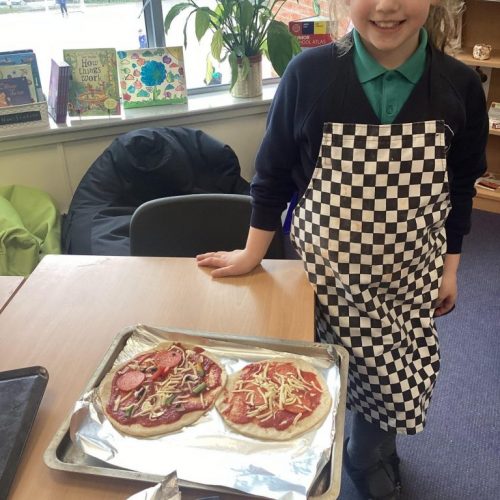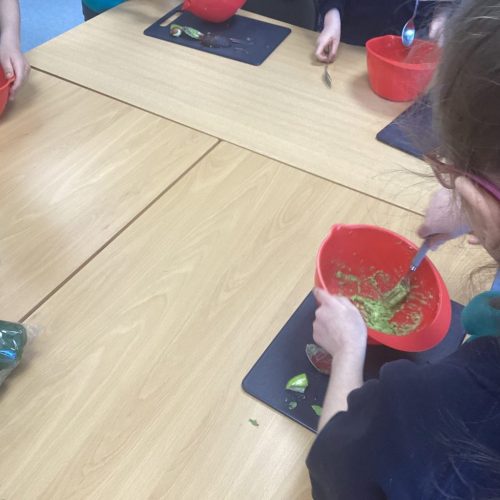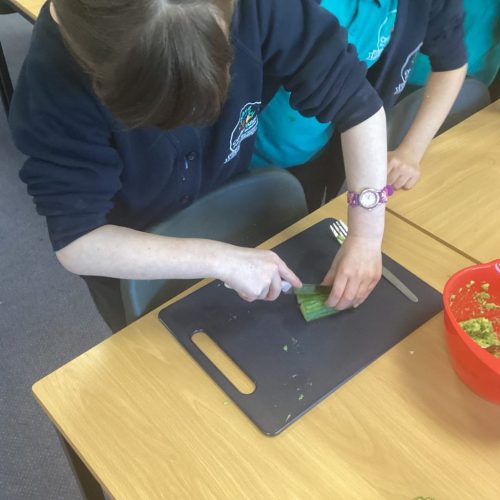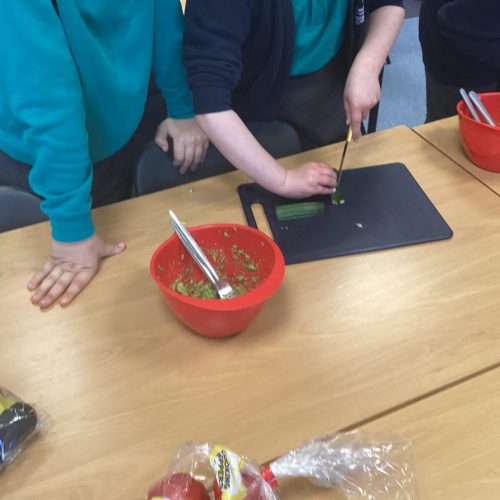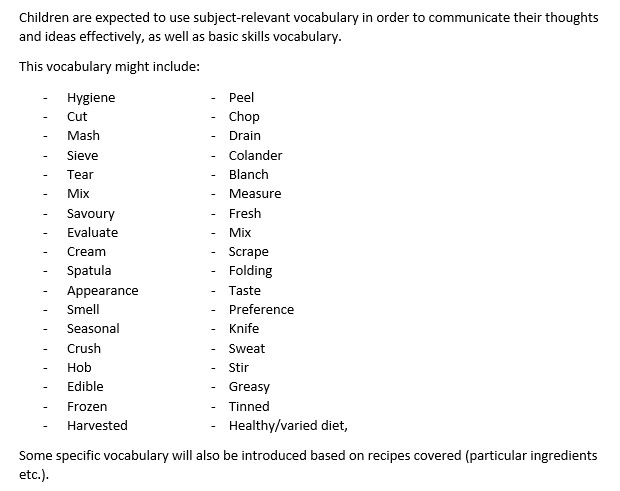| Children can: | |
| a | identify the design features of their products that will appeal to intended customers; |
| b | use their knowledge of a broad range of existing products to help generate their ideas; |
| c | design innovative and appealing products that have a clear purpose and are aimed at a specific user; |
| d | explain how particular parts of their products work; |
| e | use annotated sketches and cross-sectional drawings to develop and communicate their ideas; |
| f | when designing, explore different initial ideas before coming up with a final design; |
| g | when planning, start to explain their choice of materials and components including function and aesthetics; |
| h | test ideas out through using prototypes; |
| i | use computer-aided design to develop and communicate their ideas |
| j | develop and follow simple design criteria; |
| k | work in a broader range of relevant contexts, for example entertainment, the home, school, leisure, food industry and the wider environment. |
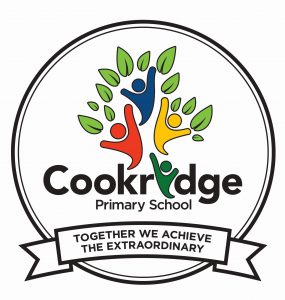

![Image[7] Image[7]](https://www.cookridgeprimary.co.uk/wp-content/uploads/2022/11/Image7-scaled-500x500.jpeg)
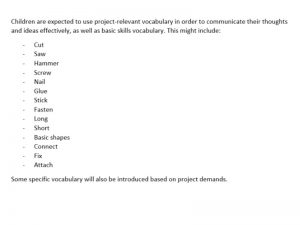
![Image[8] Image[8]](https://www.cookridgeprimary.co.uk/wp-content/uploads/2022/11/Image8-scaled-500x500.jpeg)
